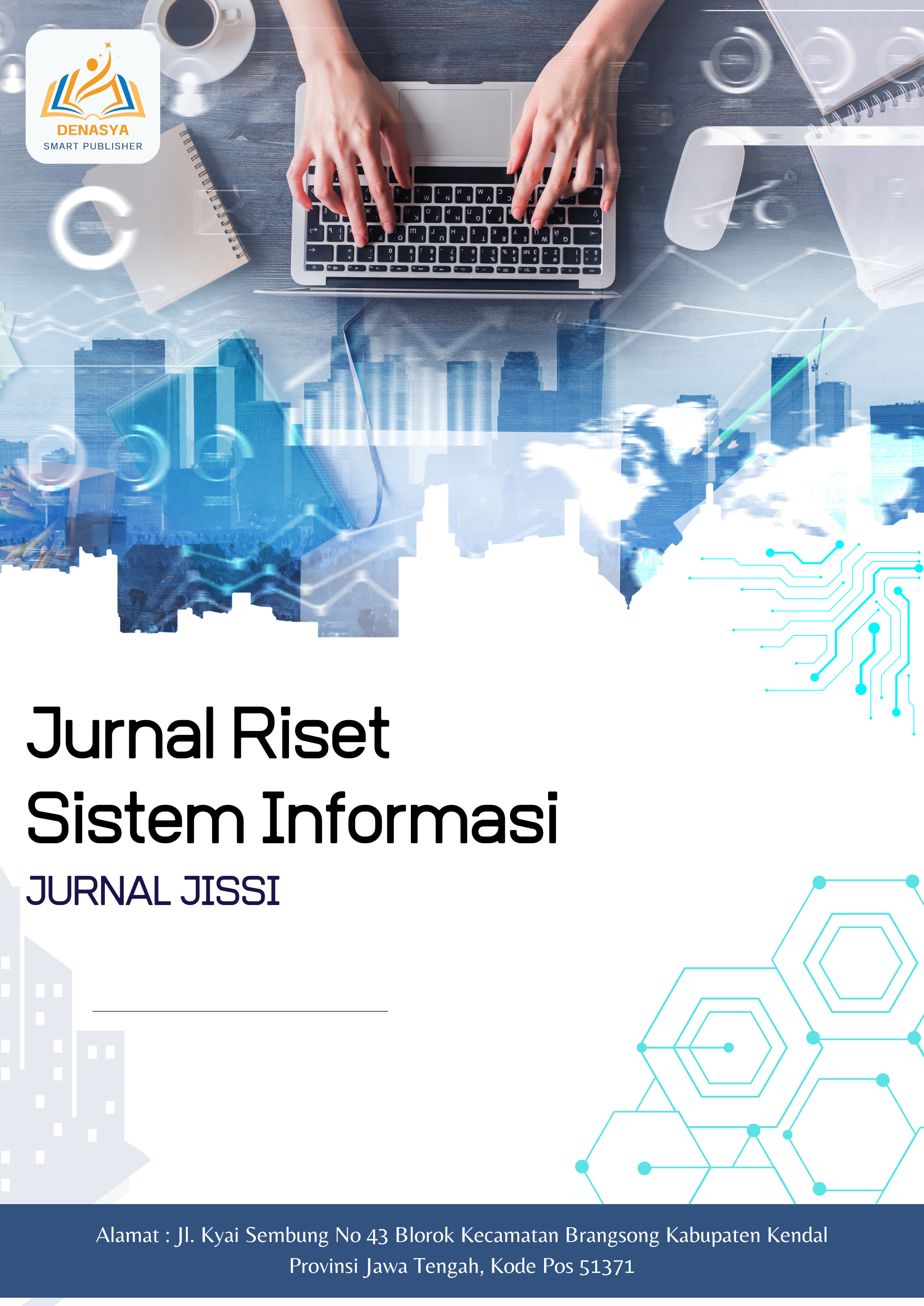ANALISIS DAN PENCEGAHAN SERANGAN SOSIAL ENGINERING PADA JARINGAN KOMPUTER STUDI KASUS PENIPUAN INVESTASI CRYPTO
DOI:
https://doi.org/10.69714/8b7xtv35Keywords:
social engineering, investment fraud, cryptocurrency, social engineering preventionAbstract
The study investigates cryptocurrency investment fraud practices in Indonesia that use social engineering. Fast-growing digital technology presents opportunities and challenges, including an increasing risk of cybercrime. An APJII survey in 2024 showed that there are 221 million people in Indonesia who use the Internet. On the other hand, Kemenkeu predicts the digital economy will grow eightfold by 2030. Cryptocurrency investment scams often use social engineering attacks such as phishing and identity theft. Qualitative descriptive methods are used in this research to conduct literary analysis of various journal articles. The results show that crypto investment fraud has psychological and social consequences in addition to financial losses. To address this problem, the authors suggest increased digital literacy, tighter security policies, and government-industry collaboration to reduce risk and increase public confidence in blockchain and cryptocurrency technologies.
References
S. Sadya, “APJII: Pengguna Internet Indonesia 215, 63 Juta pada 2022-2023. DataIndonesia. Id.” 2023.
K. K. R. Indonesia, “Ekonomi digital Indonesia diprediksi tumbuh delapan kali lipat di tahun 2030.” hal. 27, 2021.
A. Napila dan A. Hidayat, “Social Engineering: Menghindari Kejahatan Saat Menggunakan Sosial Media di Pondok Pesantren Nafidatunnajah,” J. Penelit. Sist. Inf., no. 1, hal. 44–48, 2023.
K. Tjendrawinata, “Social Engineering: Crisis in Humanity,” JATISI (Jurnal Tek. Inform. dan Sist. Informasi), vol. 9, no. 3, hal. 2085–2095, 2022, doi: 10.35957/jatisi.v9i3.2206.
federal burau of Investigation(FBI), “Internet Crime Report,” 2023.
E. M. Safitri, Z. Ameilindra, dan R. Yulianti, “Analisis Teknik Social Engineering Sebagai Ancaman Dalam Keamanan Sistem Informasi: Studi Literatur,” J. Ilm. Teknol. Inf. dan Robot., vol. 2, no. 2, hal. 21–26, 2020, doi: 10.33005/jifti.v2i2.26.
Z. H. Bik, “Manajemen Resiko, Tantangan dan Ketidakpastian Regulasi Investasi Cryptocurrency dalam Pandangan Ekonomi Syariah,” J. Kewarganegaraan, vol. 6, no. 3, hal. 6466–6478, 2022.
Asry, D. W., Siswanto, E., Kurniawan, D., & Huda, H. I. (2023). Deteksi Malware Statis Menggunakan Deep Neural Networks Pada Portable Executable. Teknik: Jurnal Ilmu Teknik dan Informatika, 3(1), 19-34.
Asry, D. W., Siswanto, E., Kurniawan, D., & Huda, H. I. (2023). Deteksi Malware Statis Menggunakan Deep Neural Networks Pada Portable Executable. Teknik: Jurnal Ilmu Teknik dan Informatika, 3(1), 19-34.
Sunarto, M. W., Kurniawan, D., Siswanto, E., & Huda, H. I. (2021). Deteksi Anomali Menggunakan Extended Isolation Forest (Eif). Teknik: Jurnal Ilmu Teknik dan Informatika, 1(2), 96-111.















